Japanese Cedar Avenue in Mt. Haguro
The approach of cedars avenue in Mt. Haguro, awarded three stars of “Michelin Green Guide” is a sightseeing spot worth for you to visit, but the 2446 stones step to the summit takes 60 minutes on foot and I used up all of my energy.
Mt. Haguro is a mountain over 414m above the sea level in Tsuruoka City, Yamagata Prefecture. Together with Mt. Gassan(altitude of 1984m) and Mt. Yudono(altitude of 1500m), they are called “Three Mountains of Dewa” and it has been worshiped since ancient times as the spiritual place for Shugendo.
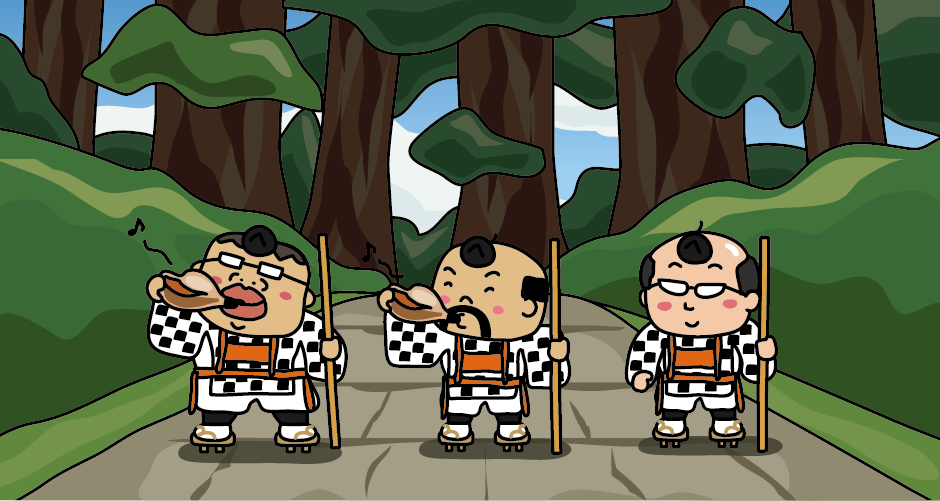
Shugendo is a Buddhist school that aims to gain supernatural power through harsh training in the mountains. The practitioner of Shugendo is called “Yamabushi”. They wear unique clothes and work on hard training in a deep mountain. The “Ideha Cultural Memorial Hall (Ideha Bunka Museum” located in the foot of Mt. Haguro, introduces the history and culture of Three Mountains of Dewa and characteristics of Haguro Shugendo. At there, you can also try blowing the conch shell.
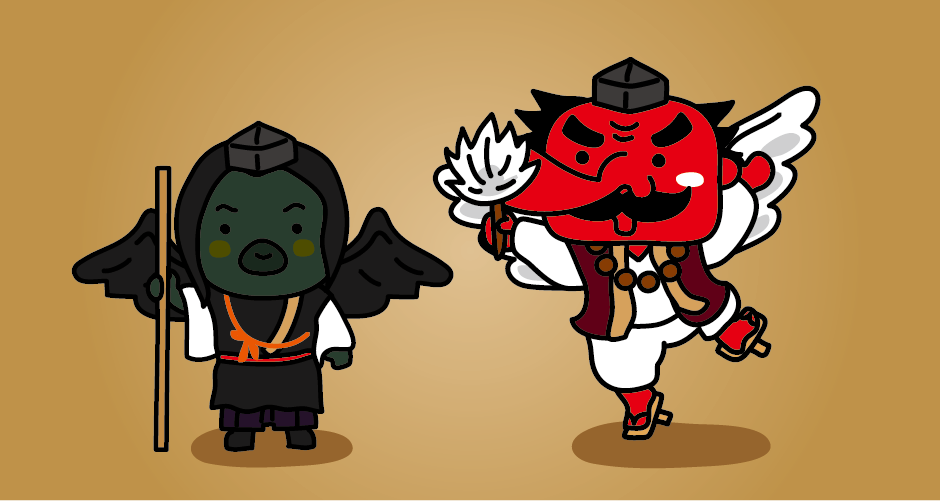
By the way, “Tengu”, a legendary creature in Japan, is often classified as Yamabushi, and when drawn its picture, it often wears the same clothes as Yamabushi. Tengu is characterized by its red face, long nose, with a Japanese fan made of feathers or a walking stick on the hand. They have wings on their back and it is said that they can fly freely. Tengu is accompanied by “Karasu Tengu (crow-billed goblin)” which is the incarnation of crow.
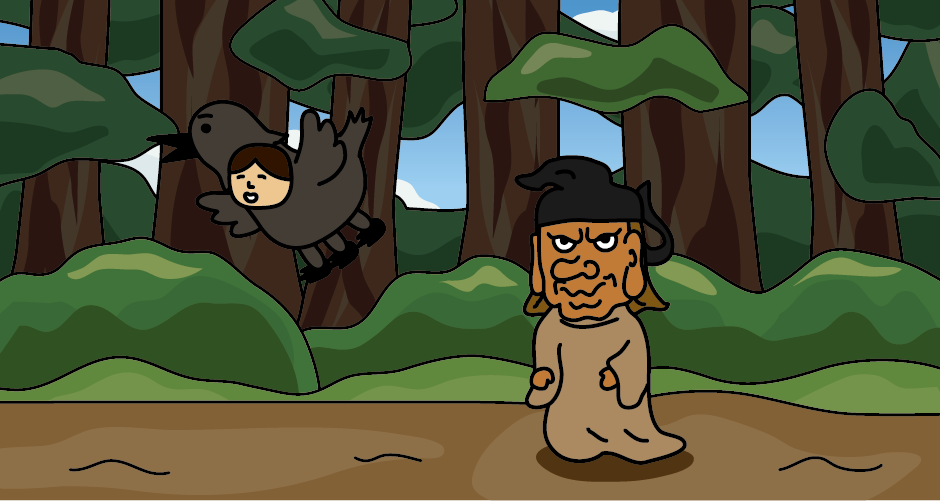
Prince Hachiko, the son of the 32nd emperor of Japan, Emperor Shushun, is said to be the founder of the brief in Three Mountains of Dewa. At the end of the 6th century, when Emperor Sushun was assassinated by Soga clan, Prince Hachiko escaped with the help of Prince Shotoku and went to Dewa Province (current Yamagata and Akita Prefectures). He climbed Mt. Haguro by the guidance of “Yatagarasu Crow”, which is the sacred bird with three legs and built the small shrine on top of the mountain. It is said to be the beginning of the brief. There is a grave of Prince Hachiko which is managed by the Imperial Household Agency.
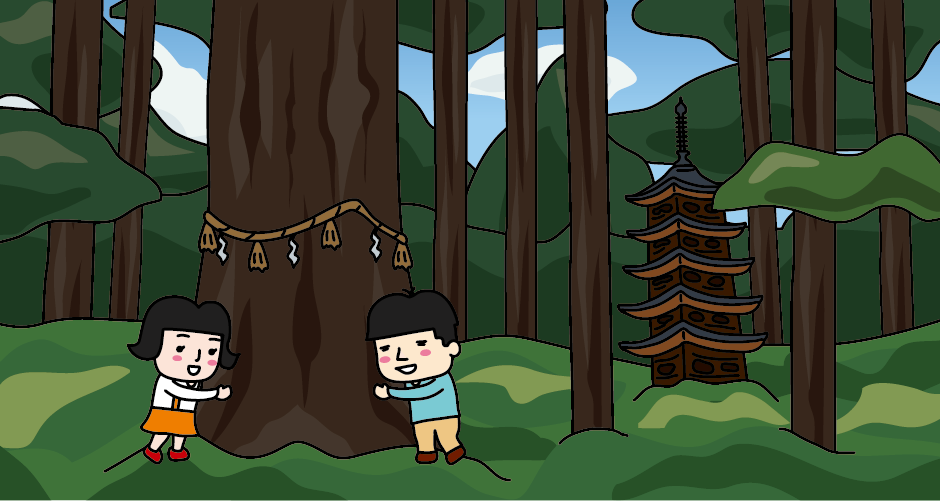
There is the oldest five-storied pagoda in the Tohoku region in the Japanese cedar avenue of the approach (Ichinosaka, the first hill) to Mt.Haguro. It is said that Taira no Masakado built it in the middle of the Heian period (around the 10th century), but the current tower is said to have been rebuilt around the 14th century. The highest of the five-storied pagoda is 29m. This is designated as a national treasure. There is a huge cedar called “Jiji-sugi (grandfather’s Japanese cedar)” that is over 1000 years old and 10m of surroundings.
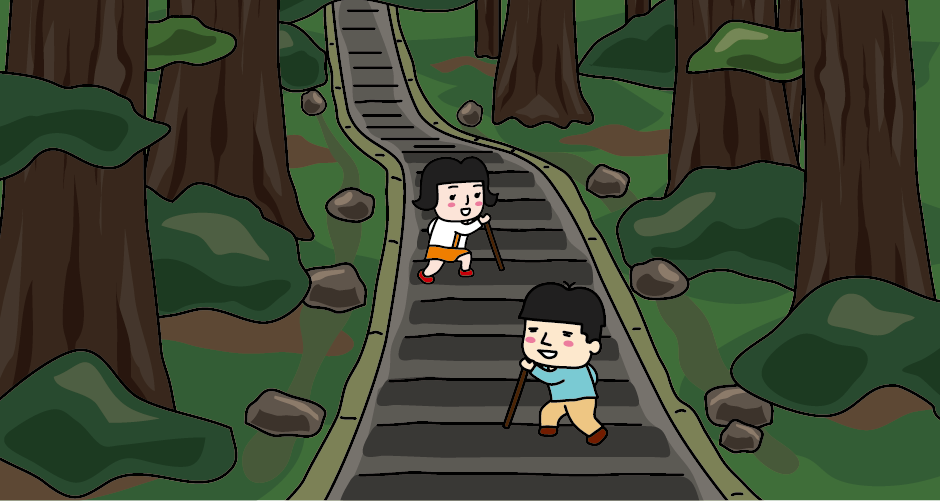
There are three hills on the 2km of approach to the summit. There are 2446 steps of stone and about 600 Japanese cedar trees from 350 to 500 years old on both sides. This Japanese cedar avenue is designated as a special natural monument of Japan and also selected as 3 stars in the Michelin Green Guide.
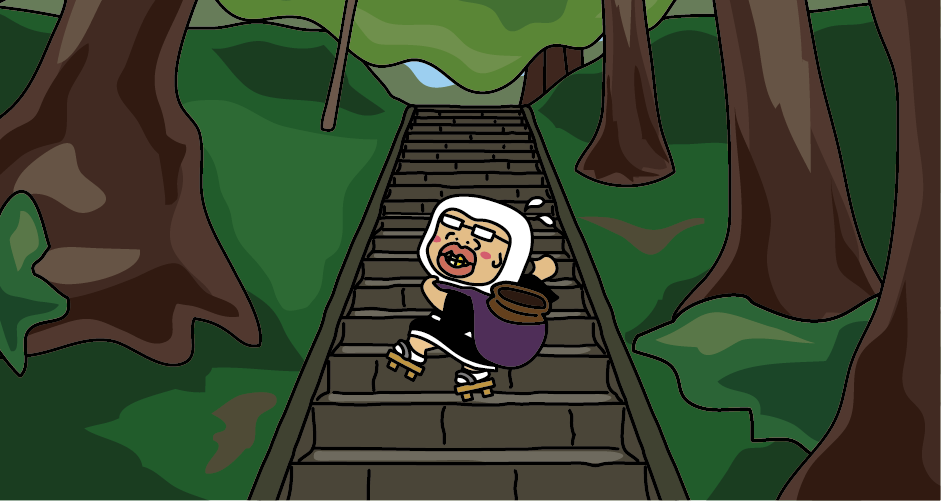
The steep slope of Ninosaka (the second hill) is also known as “Abura Koboshi no Saka (Oil spilled slope).” It is said that at the end of the Heian period, Benkei, who visited Mt. Haguro for Minamoto no Yoshitsune spilled oil which supposed to dedicate to the mountain because of its too steep slope.
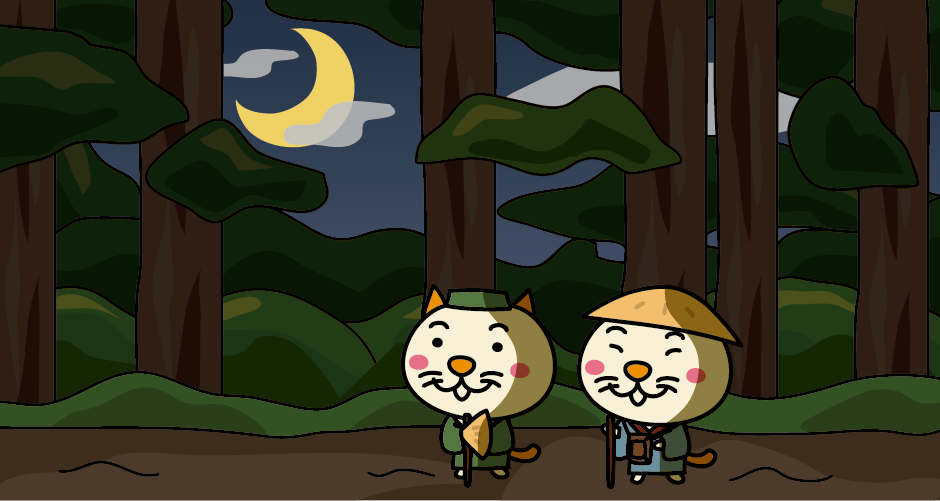
After passing Ninosaka (the second hill), there is a stone monument called Bashozuka.
At the beginning of the Edo period, when Basho Matsuo visited Mt. Haguro on his “the Narrow Road to the Deep North” trip, he left the haiku “Suzushisaya Honomikazukino Haguroyama”. This haiku can be interpreted as “How cool it is. The light of the crescent moon with thin clouds and fog shines on the Mt. Haguro.

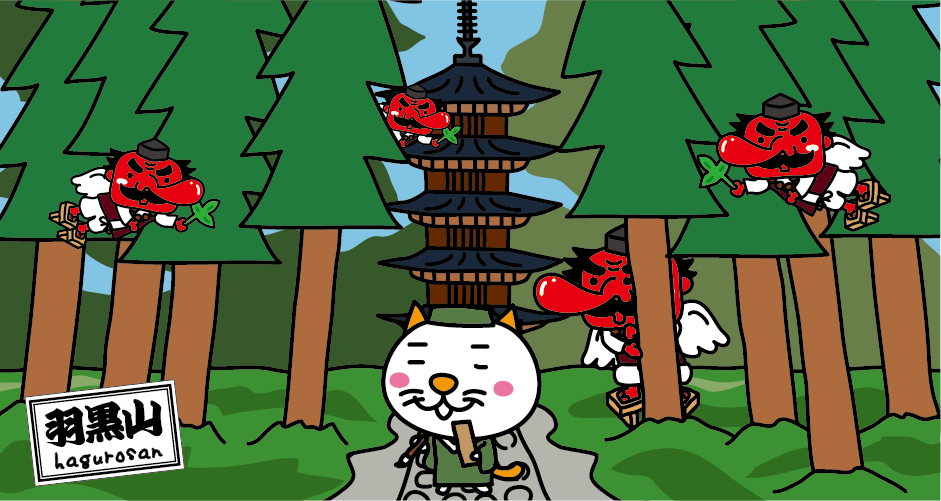


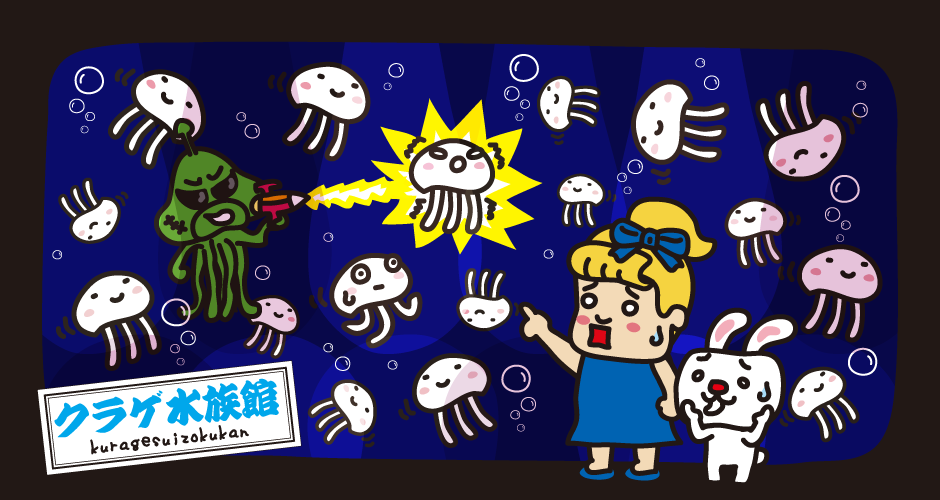
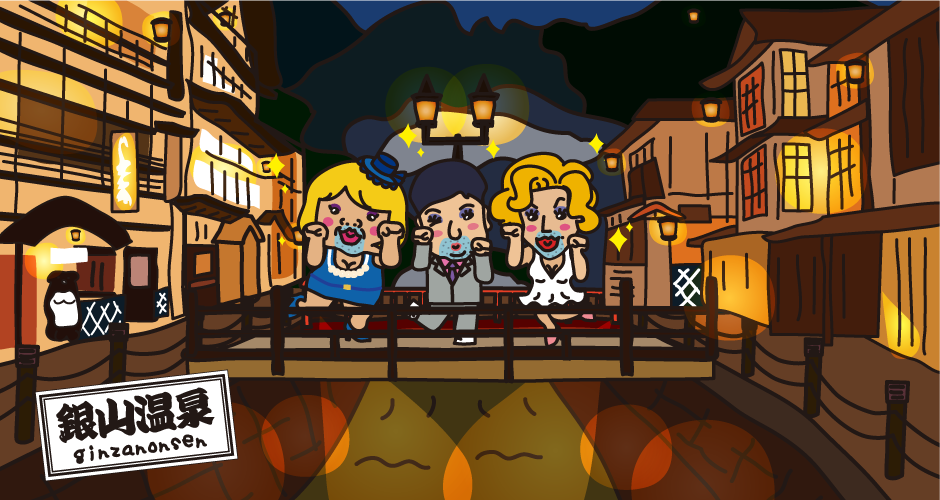
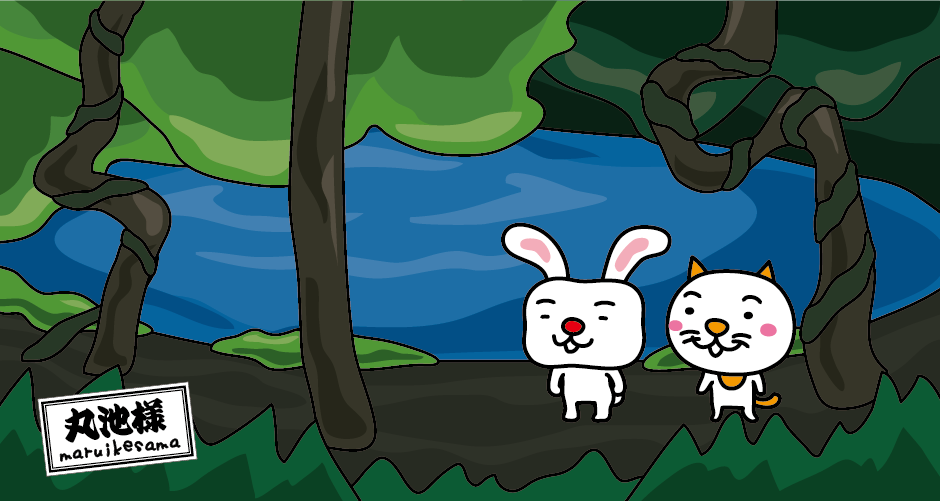
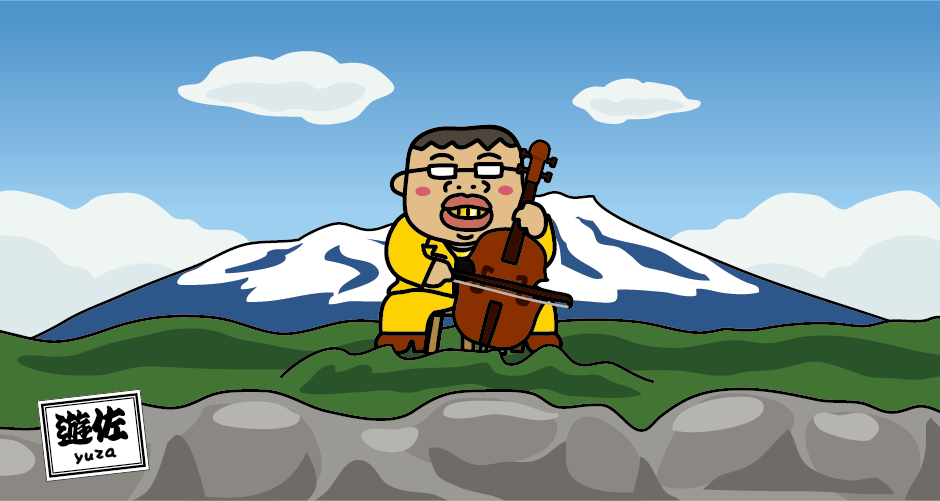
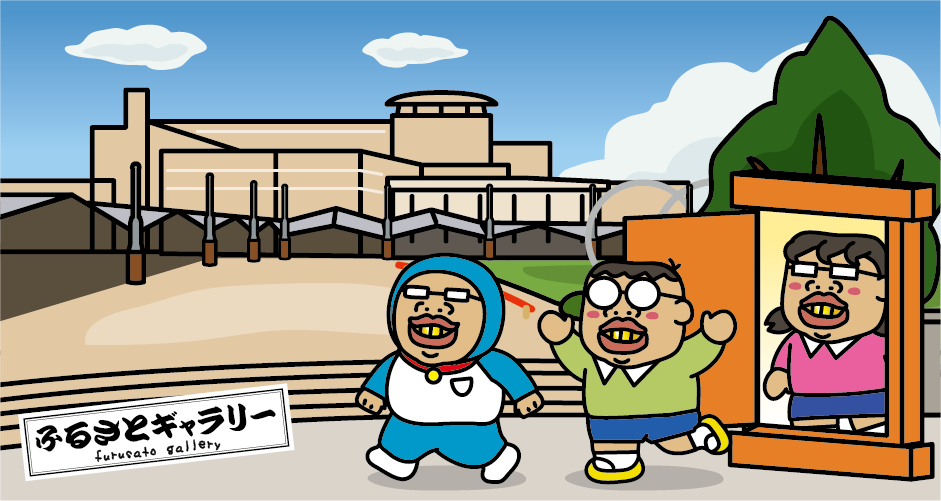
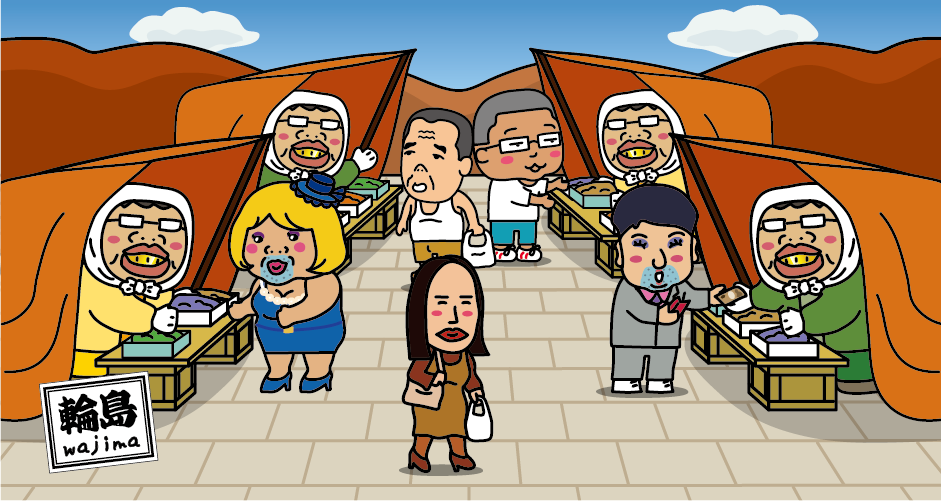

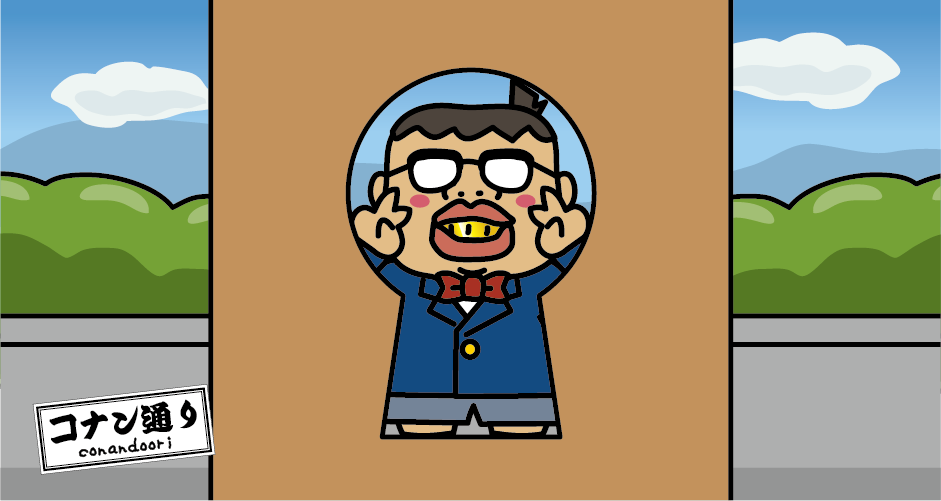
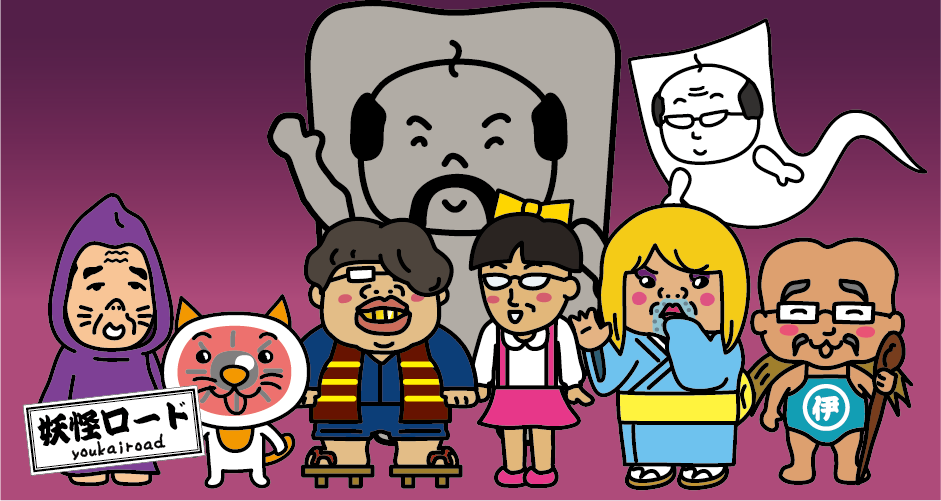

You need to login to comment on an article.